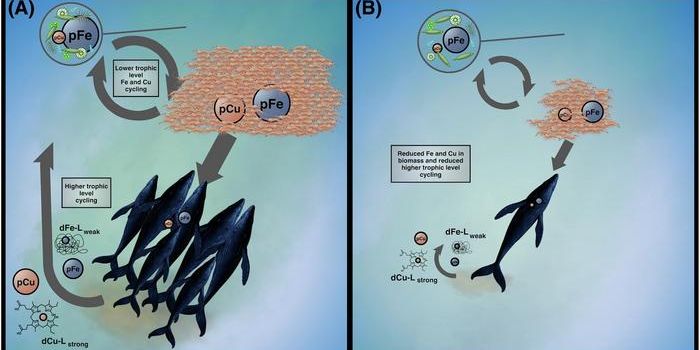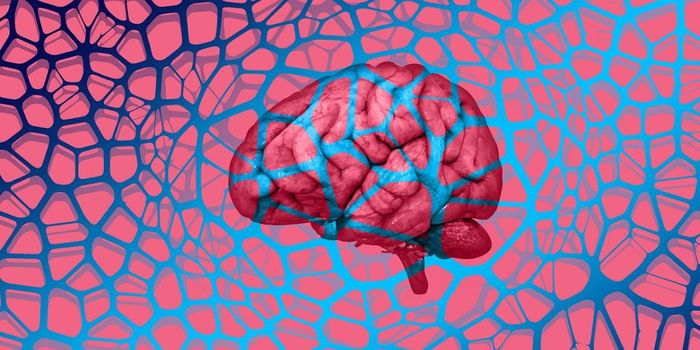Face Mask That Detects Viral Exposure
One of the most ubiquitous visual symbols of the COVID-19 pandemic was the face mask. As government authorities began recommending them to slow the spread of the virus, all numbers and types of masks were used, from hospital-grade N95 masks to surgical masks to homemade cloth ones. Millions of masks have been used around the globe since the start of the pandemic.
The idea behind using face masks during the pandemic stems from prior research showing that face masks can play an important role in helping slow the transmission and spread of a virus. In fact, many of the mitigation techniques recommended during the pandemic, including wearing face masks, led to lower rates of flu and influenza during the pandemic.
Given how important using face masks can be in slowing the spread of viruses, researchers took this idea a step further and developed a mask that could offer an additional layer of protection: detecting when someone may have come into contact with viral particles. This new mask, developed by researchers at Shanghai Tongji University, is described in a recent issue of Matter.
Specifically, the mask is designed to detect either influenza or the virus causing COVID-19 in the air. The mask connects to a person’s smartphone and can send an alert within about ten minutes if any of the identified viruses are in the air or near the mask. The mask is designed to detect the viral particles in tiny droplets in the air, which are how various respiratory viruses spread.
The mask itself is designed with a sensor that contains three different aptamers, which are a man-made “molecule” that can detect different viruses that come in contact with the mask. Almost like antibodies, the aptamers detect the actual proteins on the virus. These different aptamers are designed as different molecules that can detect different viral particles: SARS-CoV-2, H5N1 and H1N1.
Researchers hope that their mask could help in areas where the risk of infection is much higher, such as enclosed spaces or places with poor ventilation.
Sources: Eurekalert!; Harvard; Matter








